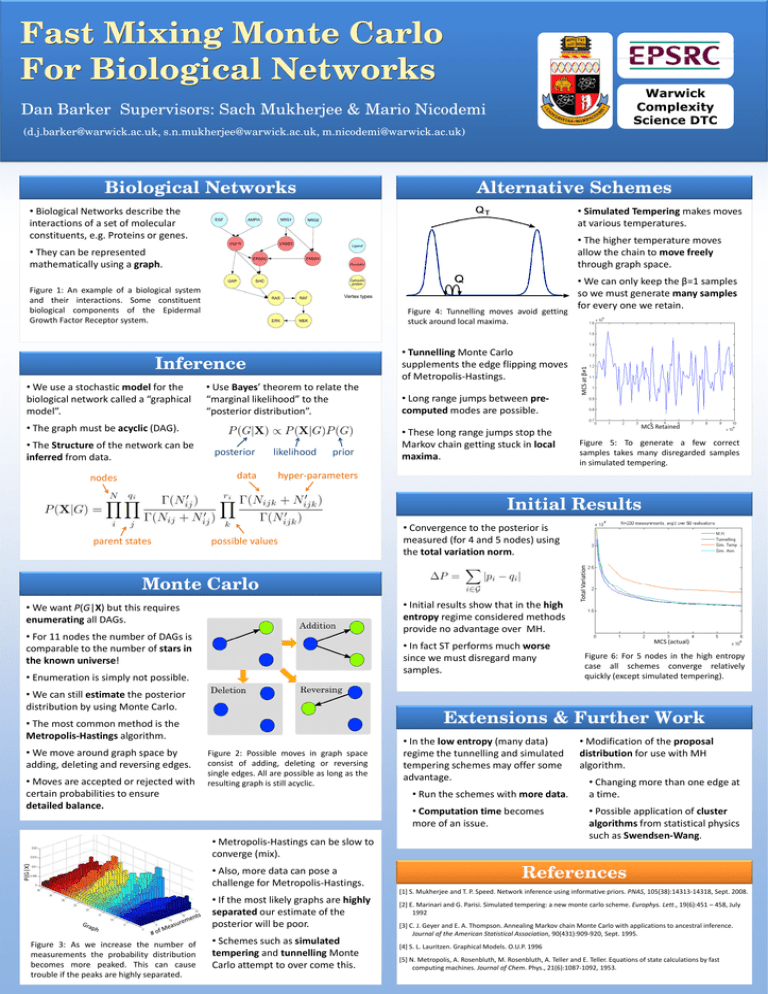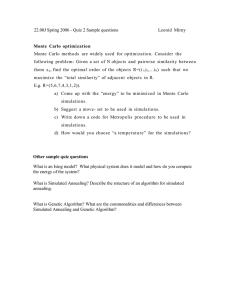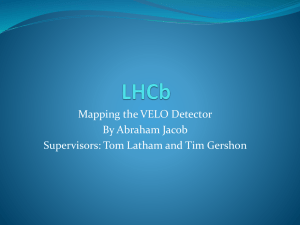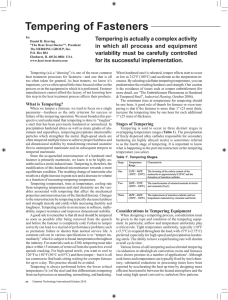Fast Mixing Monte Carlo For Biological Networks
advertisement

Fast Mixing Monte Carlo For Biological Networks Warwick Complexity Science DTC Dan Barker Supervisors: Sach Mukherjee & Mario Nicodemi (d.j.barker@warwick.ac.uk, s.n.mukherjee@warwick.ac.uk, m.nicodemi@warwick.ac.uk) Biological Networks Alternative Schemes • Biological Networks describe the interactions of a set of molecular constituents, e.g. Proteins or genes. • Simulated Tempering makes moves at various temperatures. • The higher temperature moves allow the chain to move freely through graph space. Figure 1: An example of a biological system and their interactions. Some constituent biological components of the Epidermal Growth Factor Receptor system. Figure 4: Tunnelling moves avoid getting stuck around local maxima. • Tunnelling Monte Carlo supplements the edge flipping moves of Metropolis-Hastings. Inference • We use a stochastic model for the biological network called a “graphical model”. • Use Bayes’ theorem to relate the “marginal likelihood” to the “posterior distribution”. • The graph must be acyclic (DAG). • The Structure of the network can be inferred from data. posterior likelihood data nodes prior • Long range jumps between precomputed modes are possible. • These long range jumps stop the Markov chain getting stuck in local maxima. • We can only keep the β=1 samples so we must generate many samples for every one we retain. MCS at β≠1 • They can be represented mathematically using a graph. MCS Retained Figure 5: To generate a few correct samples takes many disregarded samples in simulated tempering. hyper-parameters Initial Results possible values Monte Carlo • Initial results show that in the high entropy regime considered methods provide no advantage over MH. • We want P(G|X) but this requires enumerating all DAGs. • For 11 nodes the number of DAGs is comparable to the number of stars in the known universe! • In fact ST performs much worse since we must disregard many samples. • Enumeration is simply not possible. • We can still estimate the posterior distribution by using Monte Carlo. • Moves are accepted or rejected with certain probabilities to ensure detailed balance. Figure 2: Possible moves in graph space consist of adding, deleting or reversing single edges. All are possible as long as the resulting graph is still acyclic. • In the low entropy (many data) regime the tunnelling and simulated tempering schemes may offer some advantage. • Run the schemes with more data. • Computation time becomes more of an issue. • Metropolis-Hastings can be slow to converge (mix). P(G|X) MCS (actual) Figure 6: For 5 nodes in the high entropy case all schemes converge relatively quickly (except simulated tempering). Extensions & Further Work • The most common method is the Metropolis-Hastings algorithm. • We move around graph space by adding, deleting and reversing edges. Total Variation parent states • Convergence to the posterior is measured (for 4 and 5 nodes) using the total variation norm. • Also, more data can pose a challenge for Metropolis-Hastings. • Modification of the proposal distribution for use with MH algorithm. • Changing more than one edge at a time. • Possible application of cluster algorithms from statistical physics such as Swendsen-Wang. References [1] S. Mukherjee and T. P. Speed. Network inference using informative priors. PNAS, 105(38):14313-14318, Sept. 2008. • If the most likely graphs are highly separated our estimate of the posterior will be poor. Figure 3: As we increase the number of measurements the probability distribution becomes more peaked. This can cause trouble if the peaks are highly separated. • Schemes such as simulated tempering and tunnelling Monte Carlo attempt to over come this. [2] E. Marinari and G. Parisi. Simulated tempering: a new monte carlo scheme. Europhys. Lett., 19(6):451 – 458, July 1992 [3] C. J. Geyer and E. A. Thompson. Annealing Markov chain Monte Carlo with applications to ancestral inference. Journal of the American Statistical Association, 90(431):909-920, Sept. 1995. [4] S. L. Lauritzen. Graphical Models. O.U.P. 1996 [5] N. Metropolis, A. Rosenbluth, M. Rosenbluth, A. Teller and E. Teller. Equations of state calculations by fast computing machines. Journal of Chem. Phys., 21(6):1087-1092, 1953.






